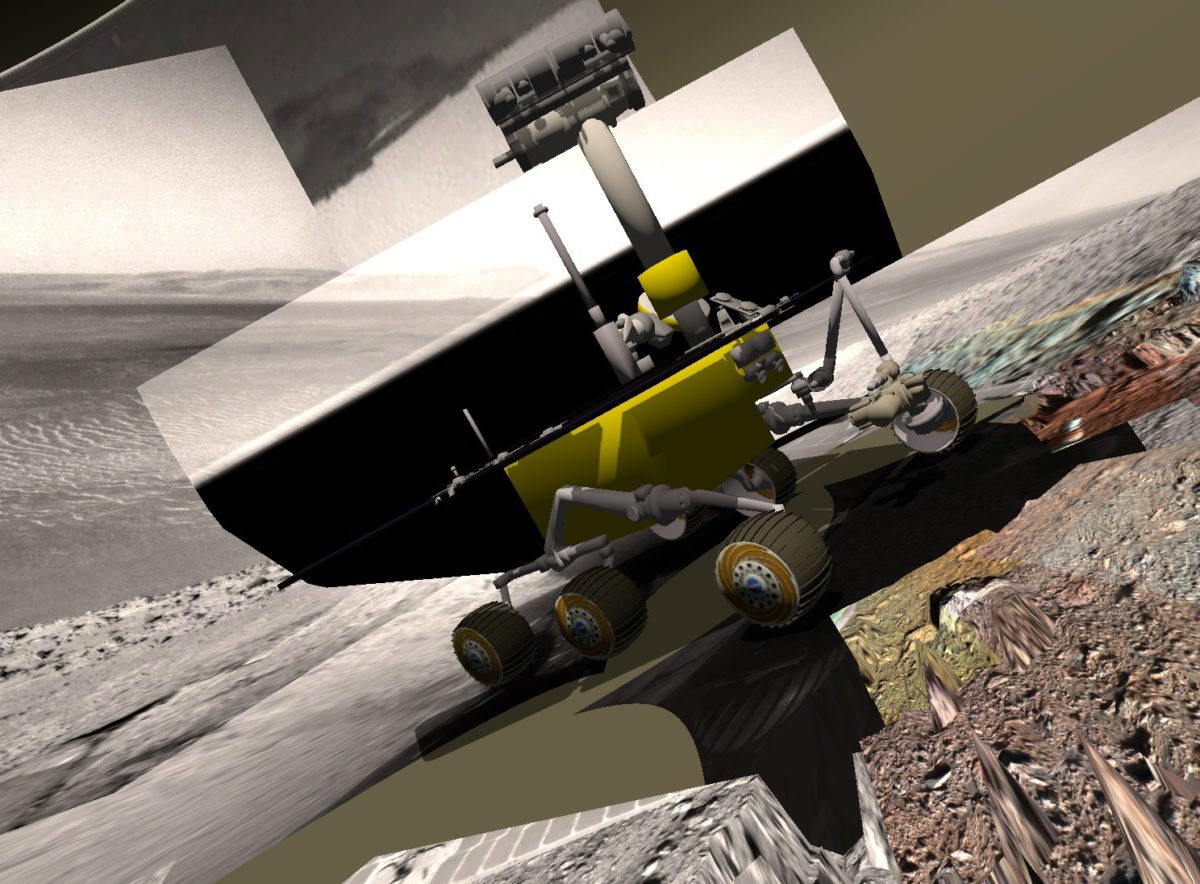Larry Crumpler • Feb 11, 2016
Field Report From Mars: Sol 4284 - February 11, 2016
Opportunity continues exploring the outcrops here in Marathon Valley on the west rim of the ancient 22-km diameter Endeavour impact crater. The outcrops in front of us show lots of signs of alteration and may contain some of the minerals that are produced by lots of water seeping though rocks over long periods of time. The minerals are a type of clay called smectites. These clays were detected from orbit, so we came here to see if there was evidence in the outcrops and whether the geologic evidence preserved in the outcrops could provide additional insight into the early wet phase of martian geologic history. Over the past few years many similar occurrences of clays have been spotted in the rims of other ancient martian craters. So, the work being done here by Opportunity is a good way to get a handle on the nature of the occurrences—and in a way that you could never do from orbit.

Opportunity is currently sitting at close to 30 degrees of tilt on the south wall of Marathon Valley. Marathon Valley is a trough several tens of meters deep that cuts east-west through the rim of Endeavour crater. In this view, cobbled together from an incomplete array of panoramic images, we are looking past Opportunity towards the east. The far rim of the crater forms the far horizon. If Opportunity were to try driving on anything much steeper, it would start sliding downhill!
This is a rough Navcam view of the outcrop that Opportunity may approach in the next couple of weeks. Hopefully during Opportunity's stay here no new rocks come down the debris chute.


 Explore Worlds
Explore Worlds Find Life
Find Life Defend Earth
Defend Earth


